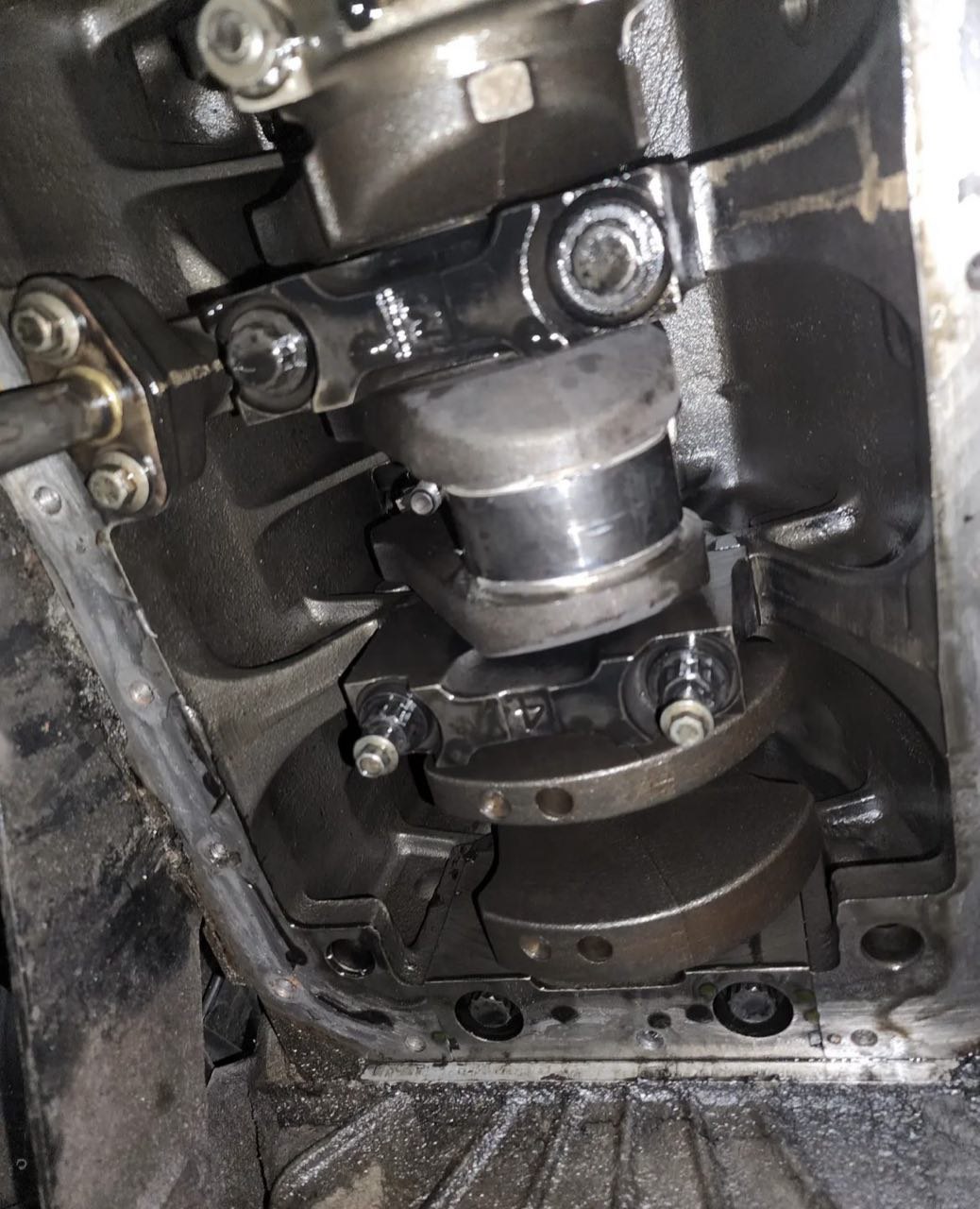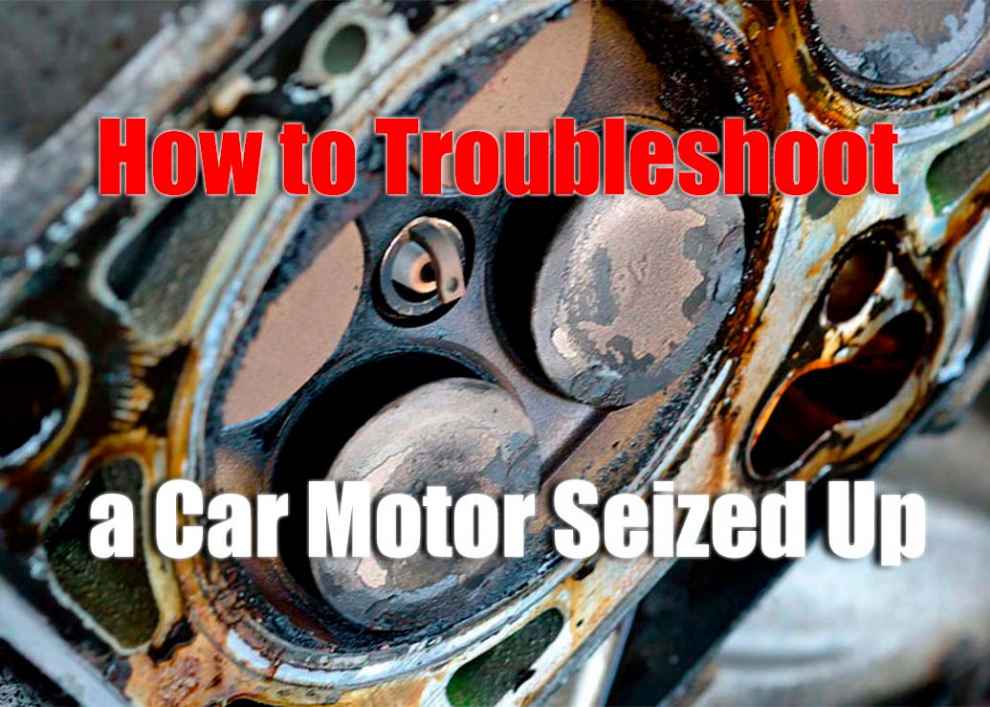Car motors can seize up if not properly serviced and maintained, leading to serious issues. Seized motor symptoms include difficult or failed attempts to start the engine, noticeably loud noises from the engine, and a general lack of power when the car is running. Although initially daunting, troubleshooting a seized motor is possible without replacing it entirely. This article will provide an overview of the most common symptoms and causes of motor seized up, as well as several troubleshooting methods for helping to solve this issue.
Symptoms of a Seized Motor
A seized motor refers to an engine that has experienced a complete or partial loss of function due to overheating, lack of lubrication, or mechanical issues. The symptoms of a seized motor are typically noticeable and alarming. Firstly, the engine may suddenly come to a complete halt, rendering the vehicle inoperable. Attempting to start the engine after this point will result in an unresponsive and unyielding motor. Additionally, the car may emit strange grinding or clicking noises when trying to turn the ignition. Overheating is often a precursor to engine seizure, and drivers may observe the temperature gauge rising rapidly into the red zone. A strong burning smell, accompanied by smoke from the engine compartment, may also be present. It is crucial to address these symptoms promptly to prevent further damage and costly repairs, as a seized motor can be a severe issue that may require professional attention. Also read here about Bad Motor Mount Symptoms in Jeep.
Common Causes of a Seized Motor

Finally, material build-up, such as rust or dirt within the engine, can restrict normal functionality and increase strain on other components. All these factors are interdependent; for instance, when one component experiences distress due to friction caused by dust or dirt particles, this will put additional strain on the other components as they struggle against each other.
Diagnosing the Problem
The first step to diagnosing a seized motor is to identify the symptoms. As mentioned above, this can include difficulty starting the engine, strange noises from the engine, and a noticeable lack of power when running. Once these issues have been identified, a physical inspection of all components should be conducted to assess for any dirt or debris buildup causing interference. It is crucial when locating any signs of material build-up, such as rust or dirt accumulation, in difficult-to-see places like beneath the car’s hood. Additionally, oil levels should also be checked and replaced if necessary. Finally, all mechanical components should be inspected for wear or damage preventing normal functionality.
Troubleshooting Methods for Solving the Issue
Once the cause of the seized motor has been identified, a few basic troubleshooting methods may be used to help solve the issue. To prevent further damage from occurring, replacing worn or damaged components is essential. If oil levels are observed to be low, this should be rectified with appropriate lubricants. Furthermore, a thorough engine cleaning is recommended to remove any dirt or material build-up that may interfere with normal operation. This task can be completed manually by unscrewing nuts and bolts or via a pressure washer for larger areas of debris accumulation. Finally, if these methods do not produce positive results, professional assistance may be required to repair the seized motor and restore normal functionality to the vehicle.
Conclusion
The symptoms of a seized motor can be alarming, but fortunately, it is possible to troubleshoot the issue without replacing the entire engine. The most common causes of a seized motor are material build-up, low lubrication, and an inability to transfer power. Once these issues have been identified, several methods may be used to solve the problem. These include replacing worn or damaged components, filling up oil levels, performing a thorough engine clean, and seeking professional assistance. By following this guide and being mindful of any strange noises or smells coming from your vehicle’s engine compartment, you can identify and respond to any potential signs of motor seizure quickly and efficiently.

Add Comment